What we can learn from the top 5 OOH spenders
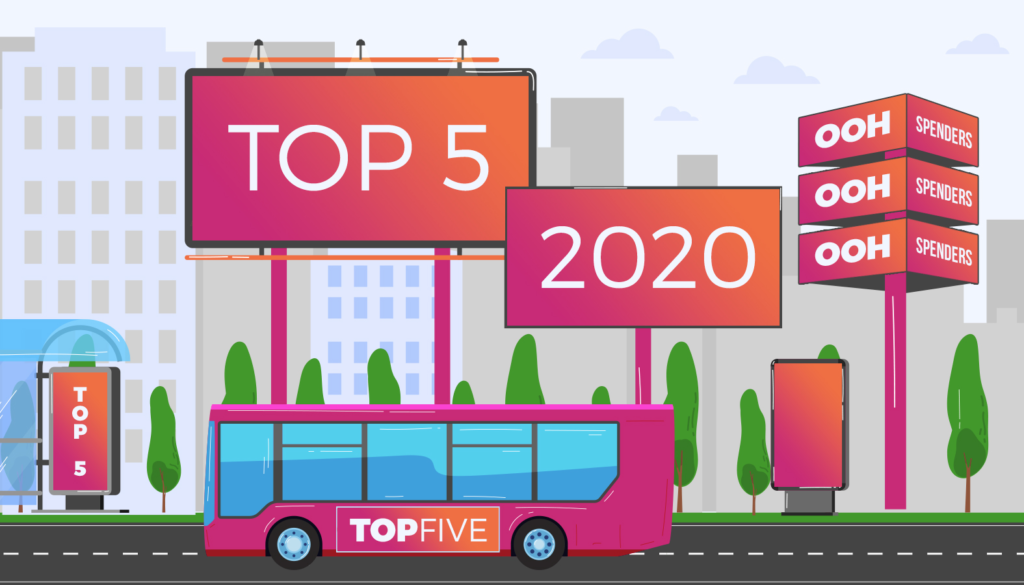

What can we learn from the top 5 out-of-home advertising spenders of 2020? Plenty. OOH is big, unmissable, and brand-safe, which is why the biggest companies in the world are spending significant budgets in the sector. But it’s not just for the most prominent companies. Brands of all sizes can take advantage of the power of out-of-home and the programmatic technology that makes it so simple and easy to buy.
One key takeaway from the top 5 spenders, is they are the largest globally, with the most significant marketing departments and the best resources to determine the most suitable places to spend their advertising dollars. The fact that they choose OOH tells us they know what works when it comes to reaching their customers, and OOH plays a significant role.
An artwork commonality you will find all of these top 5 OOH advertisers using is simplicity. They create short, well-written ads that inform the viewer in seconds. 5-7 words are all it takes, and sometimes all the viewer has time to read. Let’s check out some of the creative ads from each of these top 5 OOH spenders.
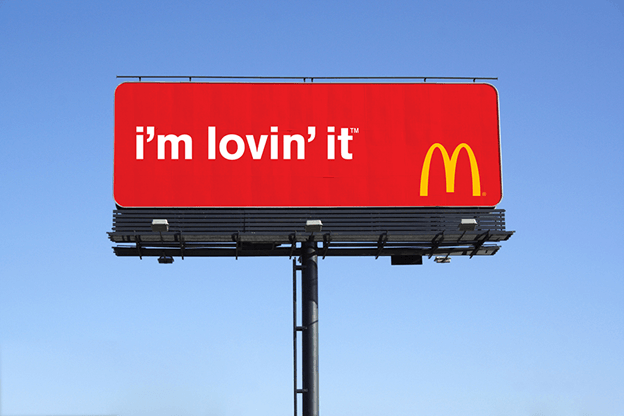 Mcdonalds, the leading quick-serve restaurant (QSR), beefed up their spending with OOH last year. According to Simmons, 7 in 10 fast-food consumers noticed an out-of-home ad in the previous 30 days. In fact, 63% of QSR marketers say they expect digital out-of-home advertising to deliver more restaurant visits. Read more about how DOOH works for QSRs here.
Mcdonalds, the leading quick-serve restaurant (QSR), beefed up their spending with OOH last year. According to Simmons, 7 in 10 fast-food consumers noticed an out-of-home ad in the previous 30 days. In fact, 63% of QSR marketers say they expect digital out-of-home advertising to deliver more restaurant visits. Read more about how DOOH works for QSRs here.
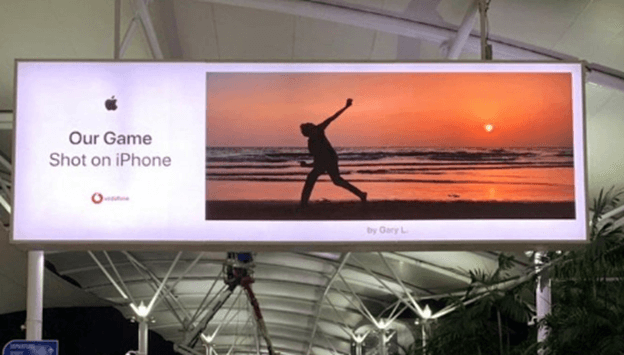
The multinational tech company Apple launched a User Generated Campaign (UGC) to promote new iPhone features and encourage users to share their best photos. The campaign’s launch took to Instagram, where people used the hashtag #ShotOniPhone to extend the campaign’s existence.
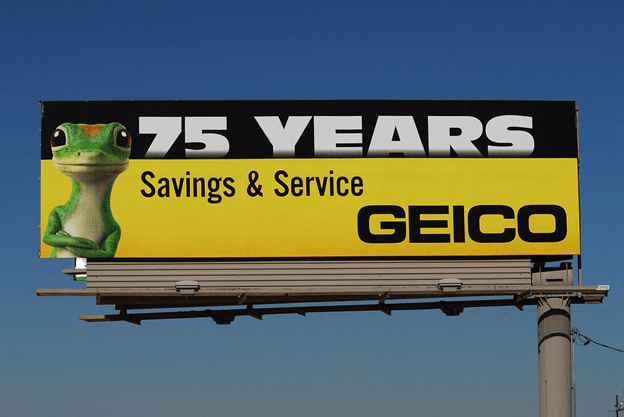
The American auto insurance company Geico simplified its OOH ad by focusing on ‘savings’ and ‘service’ to drive consumer sales. According to OAAA national data, the Insurance and Real Estate industry was the 3rd largest industry spending in out-of-home (OOH) last year. On account of, insurers recognize the importance OOH ads have to boost awareness and stand out from the competition.
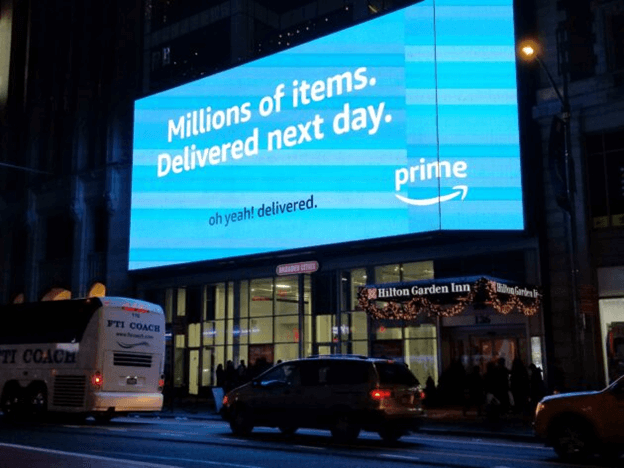 Amazon, the e-commerce conglomerate, swept city streets with OOH spectaculars. Amazon recognized OOH’s potential to drive up e-commerce activity, with 66% of smartphone users taking some type of action after seeing an OOH ad. With the ability to attract this many consumers, online brands need to keep OOH as a priority to their marketing mix.
Amazon, the e-commerce conglomerate, swept city streets with OOH spectaculars. Amazon recognized OOH’s potential to drive up e-commerce activity, with 66% of smartphone users taking some type of action after seeing an OOH ad. With the ability to attract this many consumers, online brands need to keep OOH as a priority to their marketing mix.
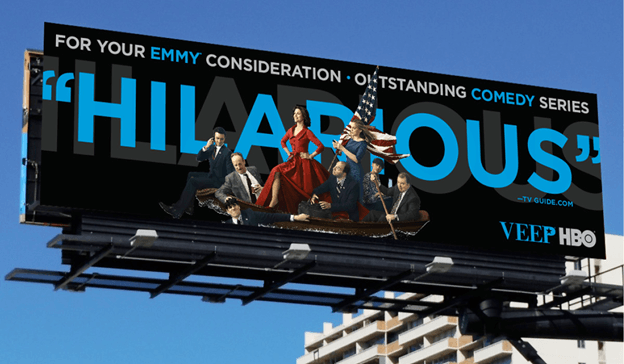 Entertainment brands like HBO can make a splash with OOH advertising. A Nielsen study found that 28% of people went to a movie, and 26% watched a TV program after seeing an out-of-home ad. Like Veep, films and tv shows can benefit from OOH to drive mass awareness and create shock value.
Entertainment brands like HBO can make a splash with OOH advertising. A Nielsen study found that 28% of people went to a movie, and 26% watched a TV program after seeing an out-of-home ad. Like Veep, films and tv shows can benefit from OOH to drive mass awareness and create shock value.
Getting your product, service, or mission on a larger-than-life digital out-of-home display is easier than you think. With advancements in programmatic DOOH technology, launching a campaign can be done in minutes.
On programmatic demand-side platforms (DSPs) like Adomni, advertisers simply select their target market(s), audience composition, set their budget and schedule, upload their creative, and launch their campaign. Once the campaign is live, you have the flexibility to change your budget, demographics, and messaging with the click of a mouse.
OOH – the most traditional form of advertising – is being used by the most prominent companies today. The significant impacts OOH has on consumers are astronomical in size and blend in with the real-world environment. When coupled with programmatic, the level of scalability, targetability, and measurability provides unparalleled results. DOOH is a powerful tool for marketers, reaching specific audiences with unavoidable content!
